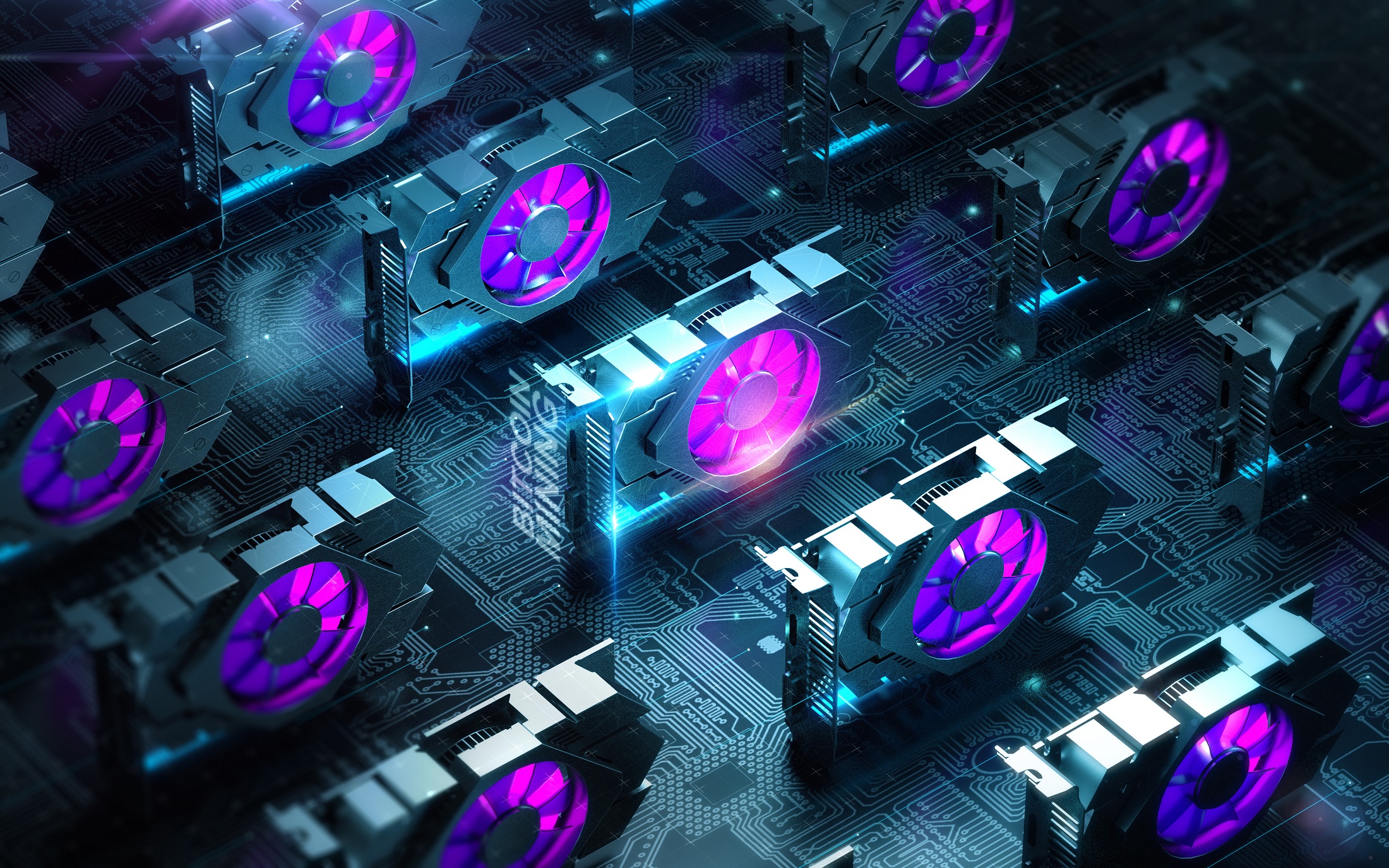The bitcoin mining ecosystem has undergone some massive changes over the past eight years. During the initial stage of bitcoin mining, using a computer’s processor was more than sufficient. Later on, software was developed to allow for GPU-based mining. Eventually, computers were replaced by FPGAs and the now ever-present ASIC miners. But what sets these last two hardware types apart?
2. FPGA
As most people are well aware of, FPGA stands for Field-Programmable Gate Array. In the bitcoin world, these devices were quite popular among miners once GPU mining became far too competitive. To offset the investment costs and electricity draw, a cheaper solution had to be created. FPGAs are designed so their integrated circuit can be configured by the user after the manufacturing process is completed.
After a period of tinkering, bitcoin miners successfully started using FPGA’s as a way to mine bitcoin at an efficient, yet far lower power consuming rate. The main selling point of FPGAs is how they can be used to implement any logical function, similar to how ASIC chips work. The first consumer-grade FPGAs started appearing in 2011 and 2012, which allowed companies such as Butterfly Labs, ZTEX, and a few individuals in the bitcoin world to position themselves as market leaders for this “new” mining hardware.
These FPGAs were quite powerful for their time, back when a mining speed of 500MHz or more was still considered to be competitive. In fact, Butterfly Labs was one of the first companies to surpass 25 GH/s of mining power with one device, albeit it contained multiple FPGA boards, 18 fans for air circulation, and generated more noise than the average jackhammer. FPGAs were a great marvel at their time, even though their success was rather short-lived thanks to the emergence of ASIC mining hardware.
1. ASIC
It is not hard to see the parallels between FPGA and ASIC hardware. Both types of hardware process very similar logic function-based operations, and generate a lot of bitcoin mining power in a power-efficient manner. However, once ASICs became widely available, FPGAs were quickly replaced due to the sheer superiority of this new hardware. Once again, it was Butterfly Labs who announced ASIC hardware as one of the first.
To be more specific, the company announced one 60 GH/s miner and one 4.5 GH/s miner. However, the company tried to not jeopardize its FPGA sales, thus they launched a trade-in program. All of this was well before Butterfly Labs turned into a complete scam and eventually found themselves in court over their malpractices. Ever since that time, a lot of companies have entered – and left – the ASIC mining race. More powerful machines were built and used, resulting in a stronger bitcoin network overall.
Fast forward to today, and there are only a handful of bitcoin ASIC hardware manufacturers around. BitFury Group and Bitmain Technologies Ltd. are the two major companies most people still know today. A full list of previously known ASIC bitcoin miners can be found on Wikipedia. It is evident the Bitcoin ASIC mining hardware business is incredibly competitive, with many companies eventually moving on to bigger and better things despite their best efforts.
If you liked this article, follow us on Twitter @nulltxnews and make sure to subscribe to our newsletter to receive the latest bitcoin, cryptocurrency, and technology news.
Image(s): Shutterstock.com

